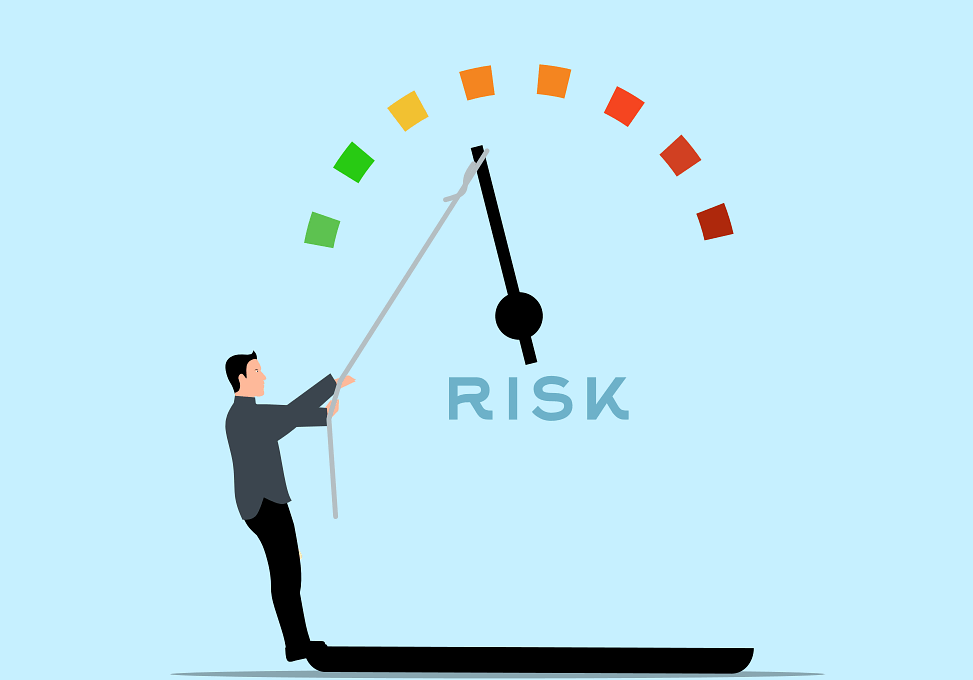Assessing Financial Risks through Enterprise Risk Management
Enterprise Risk Management (ERM) plays a pivotal role in identifying, analyzing, and mitigating financial risks that organizations face. Financial risks can arise from various sources such as market fluctuations, credit issues, and operational inefficiencies. Companies must adopt strategic ERM frameworks to understand and prepare for these risks, ensuring sustainable growth. By integrating ERM into their corporate governance and decision-making processes, organizations can better manage financial uncertainties. Effective ERM involves identifying key financial indicators, assessing their potential impacts, and developing strategies to address these challenges. Organizations that employ robust ERM practices can enhance their resilience against unforeseen events. Leading firms often leverage predictive analytics and advanced modeling techniques to forecast potential financial pitfalls. Stakeholders benefit from improved transparency, which facilitates informed decision-making. Additionally, a strong ERM framework fosters a culture of risk awareness across the organization, leading to more proactive risk management. Regular reviews and updates of risk management policies will ensure they remain relevant in a dynamic financial landscape. Thus, ERM is an essential component for any organization striving for long-term financial stability and resilience.
The Components of Enterprise Risk Management
To successfully implement ERM, organizations must understand its fundamental components. These components typically include risk assessment, risk response strategies, and risk monitoring. Risk assessment involves identifying potential financial hazards and evaluating their likelihood and impact. By prioritizing these risks, companies can focus on the most critical areas requiring attention. The risk response strategy outlines how an organization will manage identified risks, which may include transferring, mitigating, or accepting risk. Each strategy has its place depending on the severity and context of the risk involved. Risk monitoring is an ongoing process crucial for adapting to changes within the financial landscape. Organizations must establish clear metrics to evaluate the effectiveness of their risk management efforts. Furthermore, fostering communication and collaboration among departments ensures that risk information flows seamlessly throughout the organization. Regular training and development for employees on risk topics empower all staff members to contribute to the overall strategy. With strong ERM processes, organizations can navigate their financial environments while minimizing potential disruptions and capitalizing on opportunities for growth.
Furthermore, stakeholder engagement is critical in the ERM process. Engaging stakeholders ensures their perspectives are integrated into risk assessments. Stakeholders can include employees, management, customers, and investors. Each group possesses unique insights that can enhance the organization’s understanding of financial risks. Regular communication fosters a shared risk culture, promoting transparency and enabling swift responses to emerging threats. Moreover, organizations should align their ERM framework with corporate objectives. By doing so, they create a cohesive strategy that supports overall business goals. Successful enterprises often utilize technology to facilitate risk monitoring and analysis. Implementing risk management software provides real-time insights into potential financial risks and aids in data-driven decision-making. Advanced technologies also allow companies to simulate various risk scenarios, improving preparedness. Continuous improvement must be a priority to adapt to changing regulations and market conditions. Organizations should periodically review their ERM frameworks for effectiveness and adjust strategies as needed. In doing so, they not only protect financial interests but also position themselves for future success, demonstrating resilience and agility in a competitive landscape.
Challenges in Implementing ERM
While the benefits of ERM are substantial, organizations often face challenges in its implementation. One of the primary obstacles is the lack of a clear understanding of risk management principles among employees. Education and training on risk concepts are essential for fostering a robust risk culture within an organization. Additionally, fragmented organizational structures can hinder effective communication of risk-related information. Ensuring that all departments are aligned with the ERM framework minimizes this concern. Resistance to change from employees accustomed to traditional ways of managing risks can also pose challenges. Leadership plays a vital role in driving the ERM initiative forward by demonstrating commitment and encouraging buy-in from all levels of the organization. Resource allocation is another concern as organizations may struggle to dedicate necessary financial and human resources for effective risk management. However, investing in ERM tools and training ultimately leads to long-term benefits outweighing initial costs. Overcoming these challenges requires dedication from leadership and a firm commitment to building a risk-aware organizational culture, paving the way for effective ERM and financial risk mitigation.
The evolving nature of financial markets demands that organizations remain agile in their risk management tactics. New financial products, regulations, and technologies emerge rapidly, complicating risk landscapes. Thus, continuous education and training on these changes are paramount. Employees must stay informed to identify and react to potential threats effectively. Furthermore, organizations should leverage data analytics to gain insights into financial trends and potential risks. Analytics can uncover hidden risks and correlations, allowing more informed strategic decisions. With the right technology, companies can enhance their risk assessment processes, turning data into actionable intelligence. Collaboration with external experts can also bring in fresh perspectives and innovative practices. Better risk management often stems from diverse viewpoints, leading to more well-rounded strategies. Periodically updating risk management systems helps organizations adapt to emerging threats and changing regulations. By prioritizing these updates, businesses can maintain resilience in the face of evolving challenges. Ultimately, an adaptable ERM framework positions organizations to navigate financial landscapes confidently, ensuring a proactive rather than reactive approach to risk management.
Benefits of Effective ERM
Organizations that effectively implement ERM reap numerous benefits that contribute to overall success. Strong risk management fosters financial stability, as organizations can predict and mitigate potential losses before they become critical. Enhanced decision-making is achieved through a deeper understanding of potential risks and their impacts. This approach results in more informed strategic planning and resource allocation. Furthermore, effective ERM builds stakeholder trust by demonstrating a commitment to managing risks responsibly. A transparent ERM framework enhances communication with investors and regulators, meaning potential concerns can be addressed proactively. Operational efficiencies can also emerge as organizations streamline processes to manage risks better. Improved integration of risk management into business operations leads to stronger alignment with business objectives. Companies that prioritize ERM often find themselves more competitive, as they can seize opportunities that others may shy away from due to perceived threats. Finally, establishing a culture of risk awareness throughout the entire organization contributes to a resilient workforce prepared to address challenges head-on. Thus, the implementation of ERM fundamentally strengthens the core fabric of an organization’s financial health.
In conclusion, assessing financial risks through enterprise risk management is crucial for organizations aiming for sustainable success. The proactive identification and mitigation of risks empower businesses to navigate uncertainties inherent in financial environments. Implementing a comprehensive ERM framework not only aids in managing risks but cultivates a culture of awareness and resilience. By focusing on core components, organizations can create robust processes to respond effectively to evolving challenges. Stakeholder engagement enhances overall understanding and support for risk initiatives, contributing to stronger organizational strategies. Overcoming challenges in implementing ERM is essential to reaping its benefits, as an engaged leadership team can drive ethical and proactive risk management practices. Continuous improvement in risk management processes ensures that organizations adapt to the dynamic nature of the financial landscape. Therefore, businesses must commit to investing in education, technology, and collaborative practices. By doing so, organizations secure their financial health while positioning themselves for future growth opportunities. Ultimately, effective ERM is not just about avoiding risks, but embracing them strategically, paving the way toward resilient and informed decision-making.
With evolving technologies and increasing data availability, the future of ERM seems promising. Organizations can expect to see significant advancements in automation and analytics, allowing for more precise risk assessments. As industries become more interconnected, the importance of understanding global risks grows, necessitating a comprehensive and adaptive ERM strategy. Furthermore, regulatory environments continue to shape how businesses approach risk management, highlighting the need for organizations to remain compliant while maximizing favorable outcomes. As companies leverage data and insights to inform their risk strategies, measuring and managing reputational risk becomes crucial. Stakeholder expectations regarding corporate responsibility mean organizations must prioritize ethical considerations in their risk assessments. Future-focused companies will adopt innovative technologies to enhance their ERM frameworks. In this context, artificial intelligence and machine learning will play pivotal roles in revolutionizing how risks are identified, assessed, and mitigated. By harnessing these advancements, organizations can create more responsive and adaptive risk management strategies. Overall, the evolution of ERM will require organizations to remain agile, informed, and proactive, ensuring they are well-equipped to face the financial challenges ahead.


